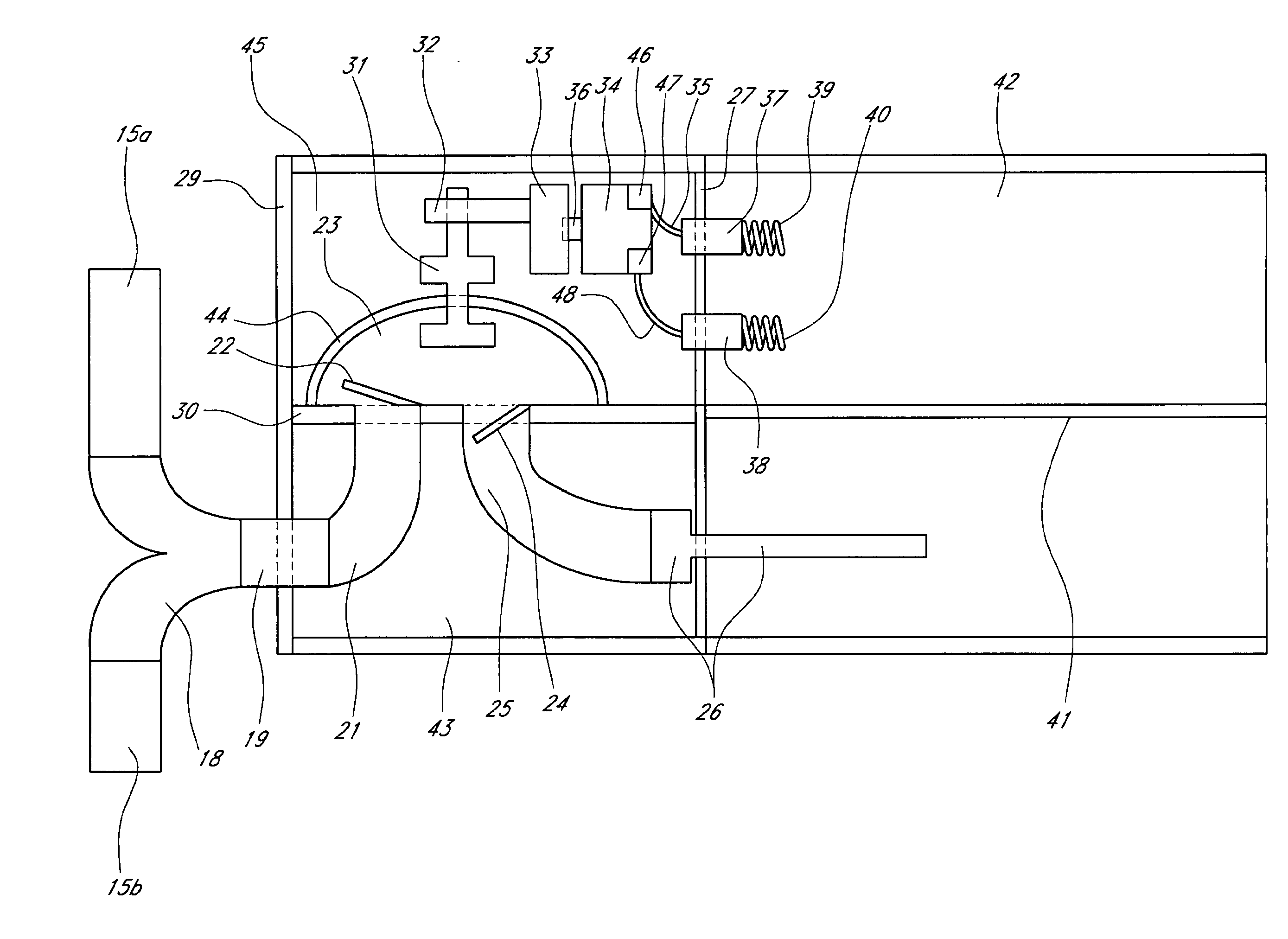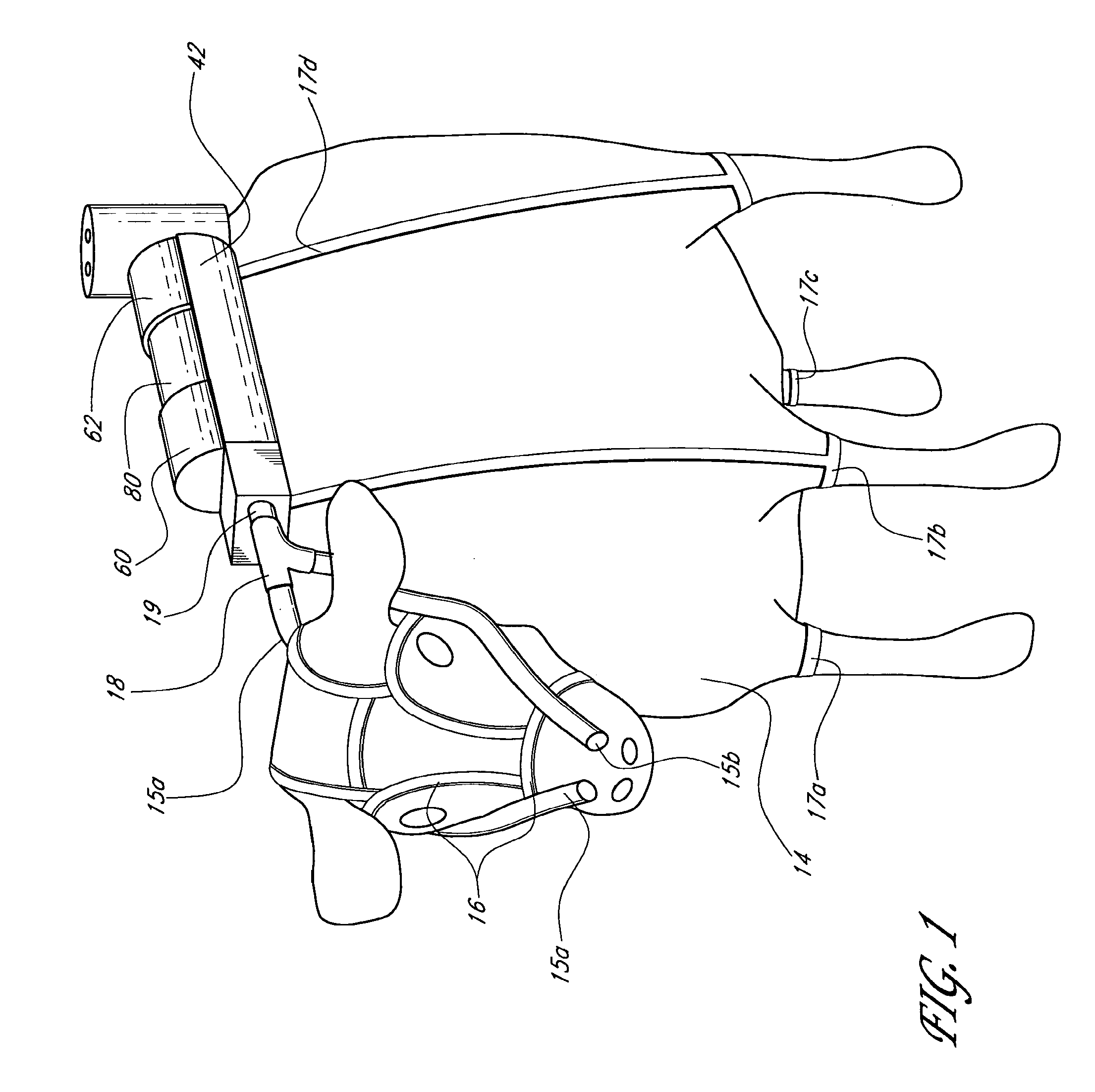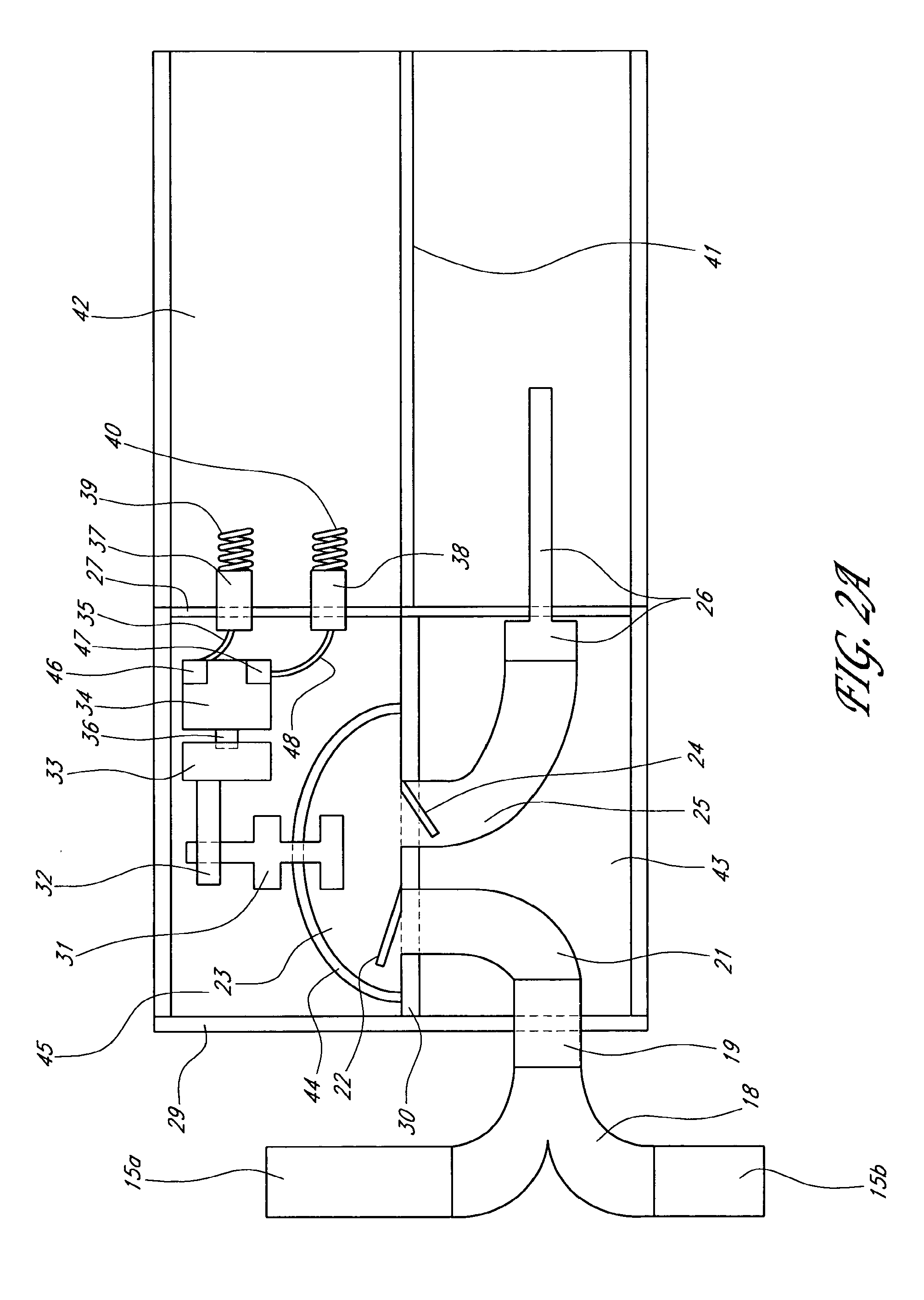Process for the utilization of ruminant animal methane emissions
a technology of ruminant animals and methane, which is applied in chemical/physical processes, steam engine plants, machines/engines, etc., can solve the problems of reducing the production wasting energy, and reducing the utilization rate of ruminant animal methane, so as to reduce dust, ammonia and/or odor problems, and improve living conditions. , the effect of reducing the emission of enteric fermentation
- Summary
- Abstract
- Description
- Claims
- Application Information
AI Technical Summary
Benefits of technology
Problems solved by technology
Method used
Image
Examples
Embodiment Construction
[0056]While this invention is susceptible to embodiments in many different forms, there is shown in the drawings and will herein be described in detail preferred methods of carrying out a process in accordance with embodiments of the invention with the understanding that the present disclosure is to be considered as an exemplification of the principles of the invention and is not intended to limit the broad aspect of the invention to the embodiment illustrated.
[0057]As used herein, the terms “ruminant animal methane”, “enteric fermentation methane”, and “ruminant animal enteric fermentation methane” shall be given their ordinary meaning and shall also refer to any methane produced and emitted by one or more ruminant animals as a result of processes associated with enteric fermentation. An average adult dairy cow will emit approximately 150 kg of enteric fermentation methane per year, while beef cattle will each produce about two-thirds of that volume, or 100 kg per year. Methane emi...
PUM
| Property | Measurement | Unit |
|---|---|---|
| time | aaaaa | aaaaa |
| concentration | aaaaa | aaaaa |
| temperature | aaaaa | aaaaa |
Abstract
Description
Claims
Application Information
 Login to View More
Login to View More - R&D
- Intellectual Property
- Life Sciences
- Materials
- Tech Scout
- Unparalleled Data Quality
- Higher Quality Content
- 60% Fewer Hallucinations
Browse by: Latest US Patents, China's latest patents, Technical Efficacy Thesaurus, Application Domain, Technology Topic, Popular Technical Reports.
© 2025 PatSnap. All rights reserved.Legal|Privacy policy|Modern Slavery Act Transparency Statement|Sitemap|About US| Contact US: help@patsnap.com



